- Author Arianna Cook [email protected].
- Public 2024-01-12 17:55.
- Last modified 2025-01-23 09:40.
Find out what are the most famous Chinese martial arts and whether it is worth starting to train exactly according to the oriental style of martial arts. Various self-defense systems have emerged mainly in East Asia. They developed as a means of unarmed combat. Today they are often practiced as a sports exercise, the purpose of which is spiritual and physical improvement. It should be recognized that some Chinese martial arts also involve the ability to wield various types of weapons, which is considered an extension of the hand.
There are also martial arts, which were originally focused on fighting with weapons. Now on the net you can find a lot of information about various Chinese martial arts, but not all of it is true. There are many myths that are very deeply rooted in the minds of the masses. Today we will try to dispel the most popular among them.
Chinese martial arts: the most famous myths
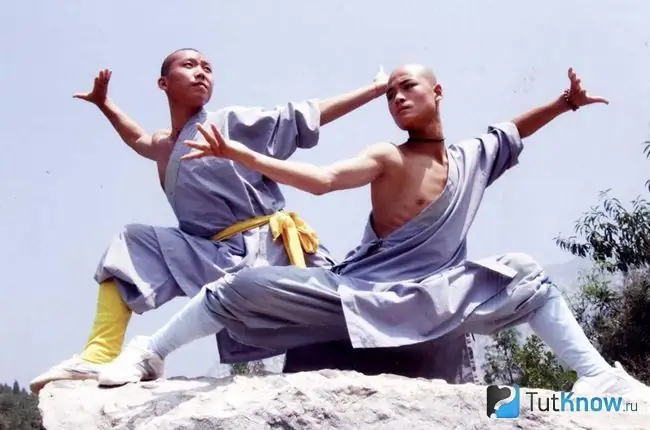
Wushu is Chinese gymnastics
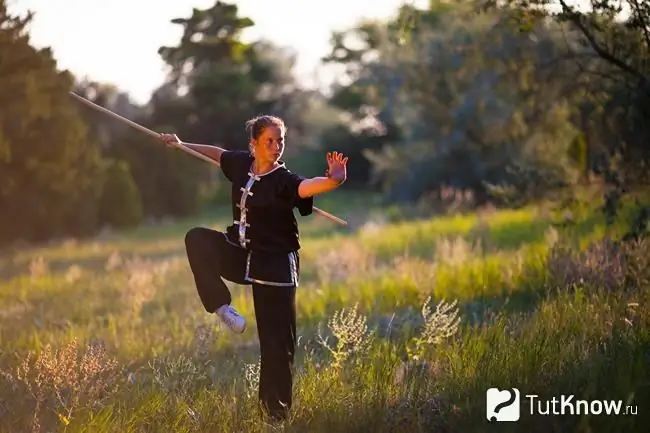
The word "wushu" is literally translated into Russian as "martial arts". This concept in the Celestial Empire unites all martial arts in this country. But in the past century, the leadership of the state made a decision to create new sports disciplines on the basis of ancient art. In a short time, they began to be taught in schools and to advance not only at home, but also abroad. It is with this that the statement that wushu is gymnastics is connected.
Wushu and Kung Fu are two types of Chinese martial arts
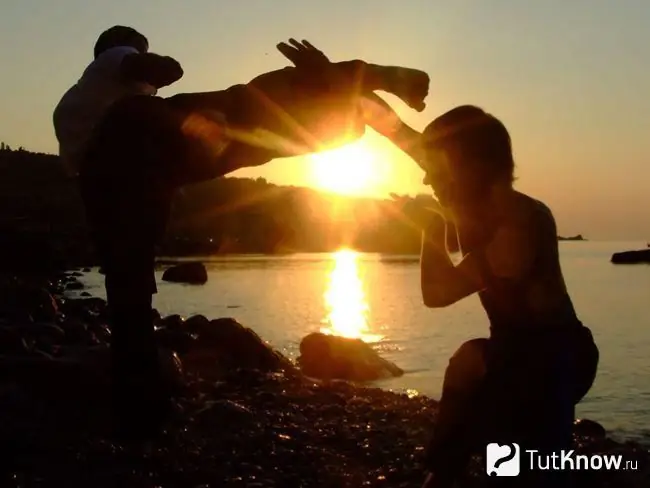
In practice, everything turned out to be much simpler and the concept of "kung fu" is only a distorted name for the term "gong fu". In the Celestial Empire, it will be applied to any business in which a person can improve his skills. This suggests that any kind of martial arts, in principle, can be called gong fu, as well as singing or cooking.
Martial arts were used only by wise men of high morality
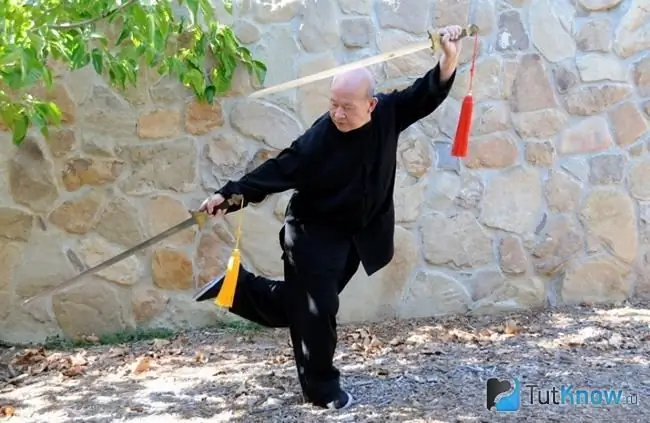
It is quite obvious that in ancient times, the ability to fight without weapons made it possible to survive. Then few people thought about health and certainly not about victories at the Olympic Games. Then life was much more complicated than modern life, although today they often talk about frequent stress and bad ecology.
Let's try to find out what categories of people could have access to the study of Chinese martial arts. The army immediately comes to mind and this is true, but only partially. We must take into account the location of the events taking place, as well as the time period. There is evidence of Russian army officers traveling through China in the nineteenth century who sketched Wushu classes.
But one should also remember those moments in the history of the Celestial Empire when criminals were drafted into the army and it is obvious that they did not undergo serious training. If the army does not take part in hostilities for a long time, then processes of moral decay begin in it. The famous Chinese writer Lao She eloquently spoke about this fact.
Who else could have practiced martial arts? It is quite obvious that they could be residents of border areas and travelers, who were often attacked by bandits. In addition, such people could be the guards of the caravans and the robbers themselves, who needed something to oppose the guards. Do you believe that most of these people were of high moral standards?
Moreover, there is evidence that among the masters of various styles of wushu at different times there were inveterate robbers, and some of them are even included in the genealogy of the style. There is written evidence that one branch of the mantis style was created by a bandit. The famous master Liu Dekuan studied the secrets of the martial art from him. You should not rewrite history on your own, but it is better to perceive it as it really was. This will allow you to avoid mistakes in the future.
Martial arts masters were most often monks
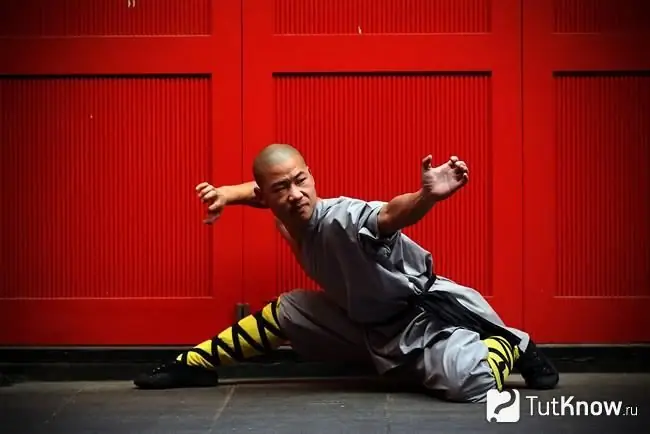
From this statement, it can be concluded that Chinese martial arts were taught primarily in spiritual abodes. In any country, regardless of religion, a monastery is a place of retreat from the hustle and bustle of worldly life and serves for religious practice. In action movies, we are often shown dashing monks who can single-handedly cope with a dozen adversaries.
You should not take everything that the cinema shows seriously. We all know about the Shaolin Monastery, however, not all monks studied martial arts there either. The area in which this spiritual abode was located was quite remote, and a lot of robbers were hiding in the mountains. They often attacked the monastery, and its abbots had to start training their own guards.
Often, this "monastic army" included people who had studied Chinese martial arts before being tonsured. If you carefully study the history of wushu practiced in Shaolin, you can trace the sharp bursts of skill of the monks after the appearance of "fresh blood" in their ranks. For example, this happened after the creation of Jueyuan (during the Song dynasty) of the "72 techniques" known today and a five-stage training system. A similar situation was observed during the reign of the Yuan dynasty, when the patriarch of Fuju invited 18 wushu masters to Shaolin to teach monks.
A certain style of wushu was studied in Shaolin
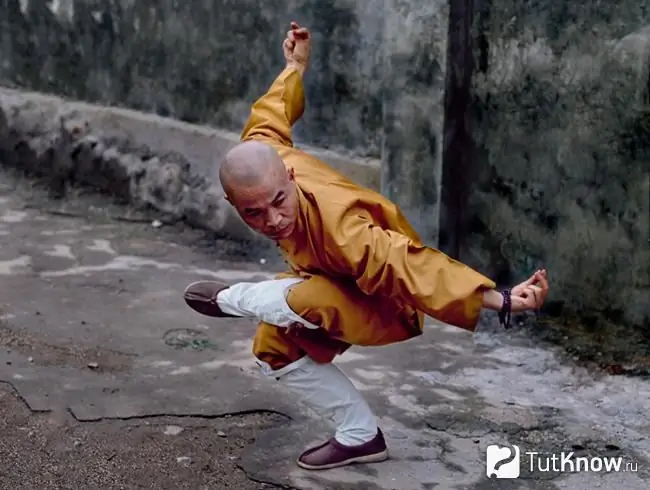
And again, it was not without cinematography. In Songshan Shaolin, not one style was studied, but several. There have always been many martial arts masters in this spiritual abode, and they all passed on their skills to the monks. Of course, throughout history, these styles are closely intertwined, but no one tried to create a single martial art.
There were two Shaolin monasteries
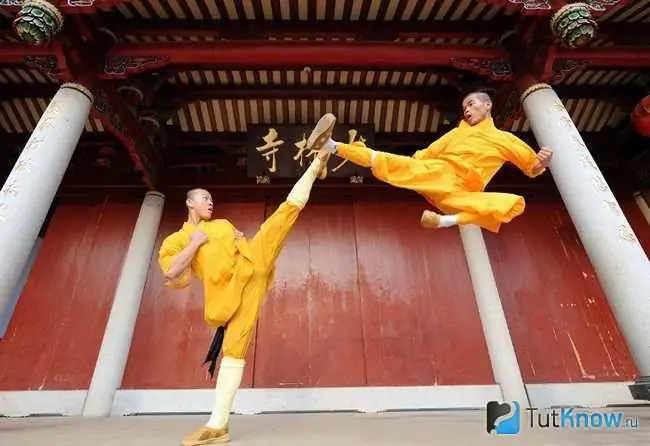
The chronicles mention ten spiritual abodes with this name. Today we can speak with complete confidence about the existence of the Northern Shaolin, which still exists today. You can also hear about the existence of the Southern Monastery, but everything is not so simple here. One of the famous Chinese historians, Tang Hao, has devoted a lot of time to studying this issue in the past century.
According to legends, Southern Shaolin was located in Fujian province. He visited the region and found that all sorts of geographic landmarks indicated in the legends were separated by hundreds of kilometers. Some of them were in the neighboring provinces.
Long-term study of the surviving county documents also did not shed light on the existence of Southern Shaolin. Further research showed that in many ways the legends resemble the events of a novel written in the Middle Ages. As a result, Tang Hao stated that the Southern Shaolin never existed, and the legends only retell a novel written in the eighteenth century. It was very popular among the peasants and was passed down orally from generation to generation.
Most of the Wushu styles are imitative
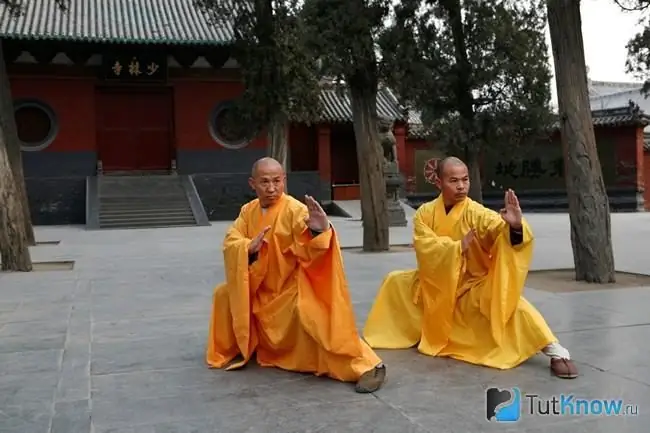
To dispel this myth, it is worth at least carefully studying a solid reference book on Chinese martial arts, for example, The Great Dictionary of Chinese Wushu. If you write out several dozen well-known styles, then among them there will not be even 10 imitative ones. Today we have recalled cinema more than once and are forced to do it again.
As mentioned above, the main task pursued by all Chinese martial arts, without exception, is to defeat opponents. In real combat, only those movements are used that will help achieve the goal. The imitation of this situation is relegated to secondary roles. Of course, for a better understanding of the exercise technique, it could be described as a comparison with the movements of an animal or an insect, but this did not have a significant meaning.
For example, the style of the praying mantis, which has already been discussed, as conceived by its author, assumed continuous attacking actions and simultaneous defense with both hands. The praying mantis clings tightly to its prey with its paws, which was the reason for comparison. In this case, the insect moves slowly, which is simply unacceptable on the battlefield. At the same time, the wushu style we are considering involves lightning-fast movements, which have already been compared with a monkey.
For example, Xingyiquan has techniques that are compared to a bear, a crocodile, and a snake. However, this is only true for a specific exercise, and not for the entire style as a whole. The style of the tiger was not primarily named so because of the imitation of this predator in terms of the movements performed by it. It was about the violent attacks that the tiger makes. Wushu uses many acrobatic elements that involve frequent falls and rises. This is how the "drunken man's style" was born.
Jackie Chan is a master of all wushu styles
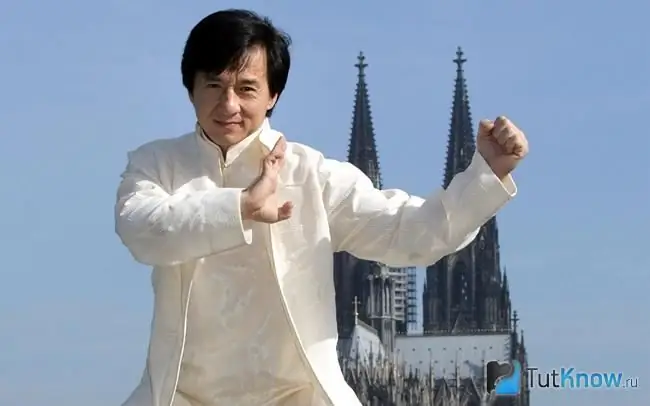
To begin with, this famous Chinese film actor was trained at a theater school, where he taught the art of stage combat. He did not study real martial arts at all. If you can't believe it, then read Jackie Chan's autobiography, which has been translated into many languages, including Russian.
Best Fighter of All Time - Bruce Lee
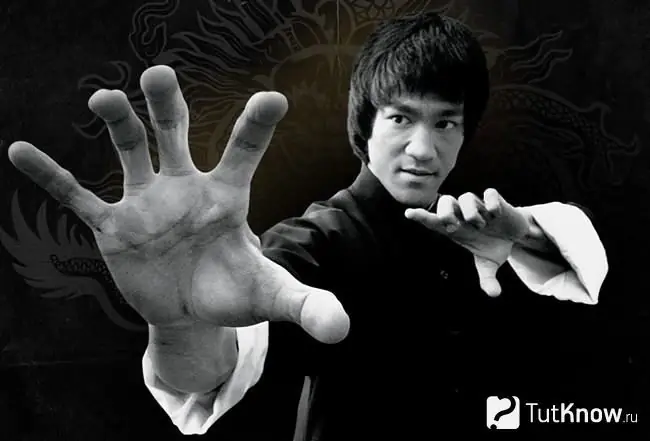
If you analyze the biography of the actor with an open mind, it becomes clear that the image of Bruce Lee as a fighter is greatly exaggerated. What many call "a lot of street fights" turned out to be simple fights of boys. Another example of the validity of our statement is the so-called fight of Bruce Lee with a representative of the triads.
According to this legend, Bruce resisted being forced to stop acting in order not to reveal the secrets of Chinese martial arts to outsiders. The actor's opponent in this fight was Wong Jak Man, who is still alive to this day. He claims that he was not anyone's representative, but only answered a challenge from Bruce Lee, who claimed that he was invincible.
Only Bruce Lee's wife tells us about the victory of the movie star in that fight. The rest of the witnesses are inclined to draw the outcome of the confrontation. We also did not find confirmation that the actor owned many styles of wushu. It is known that during his stay in Hong Kong he took several lessons from a master of the mantis style. However, his knowledge of this style is clearly far from perfect.
But almost no one doubts his unique physical abilities. However, there are many such people on the planet. The hype of Bruce Lee is easily explained by the fact that in the sixties, the Celestial Empire needed a national hero, which he became. It should also be remembered that it was with Bruce Lee's films that the wushu hobby began in America. But how can you call someone the best fighter of all time who has not even taken part in local championships?
There are a lot of myths associated with Chinese martial arts, and today we talked only about the most popular ones.
More informative information about martial arts in the video below:






